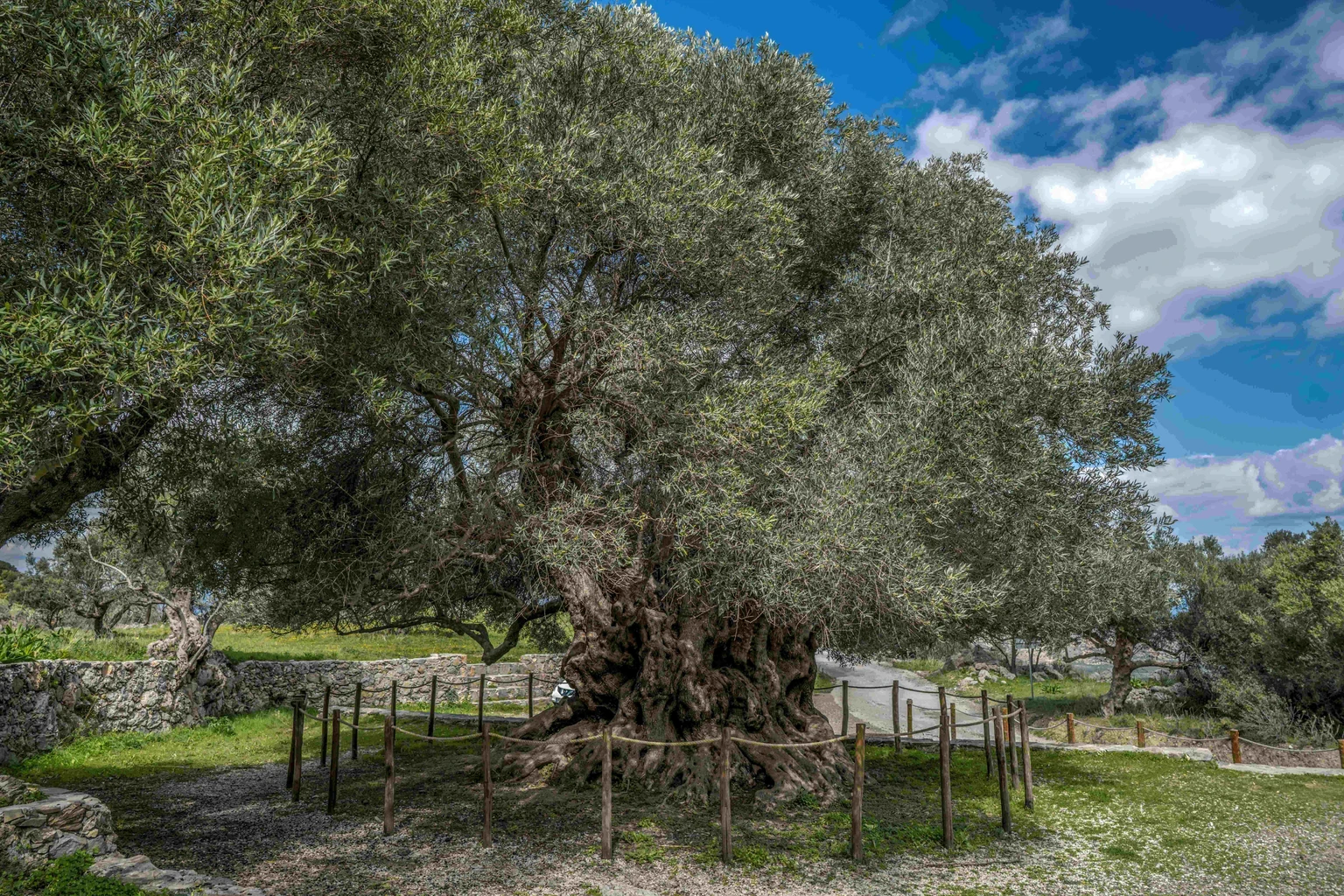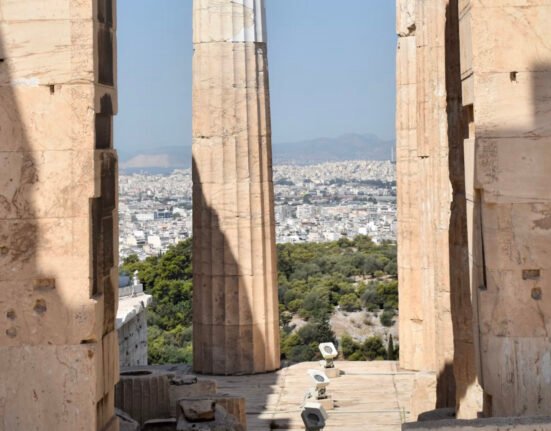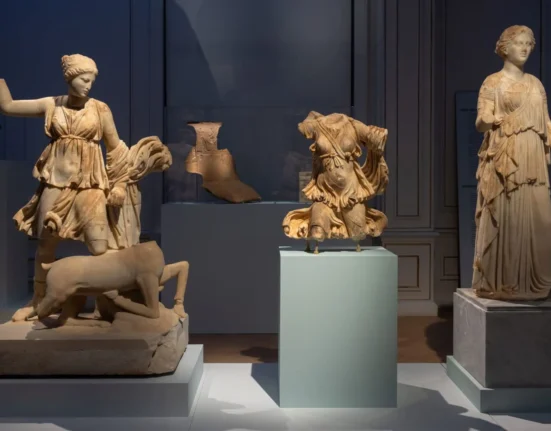Greece is home to some of the world’s oldest olive trees (Olea europaea), each standing as a testament to the country’s rich history and cultural heritage. Among the most notable examples are the Olive Tree of Vouves and the Olive Tree of Kavousi in Crete, the Olive Tree of Orsa in Salamina, and the Olive Tree of Peisistratos in Attica. These ancient trees, with their gnarled trunks and shimmering leaves, have nourished generations, embodying symbols of peace, prosperity, and wisdom deeply rooted in Greek culture.
A Testament to Ecological Resilience
The ancient olive trees of Greece are remarkable not only for their incredible age but also for their resilience and ecological importance, playing a key role in Greek and Mediterranean agriculture. These resilient members of the Oleaceae family showcase stunning adaptability, allowing them to flourish in diverse environments, particularly across the Mediterranean. Their impressive longevity is a testament to their robust genetic makeup and unique physiological traits, such as drought resistance and the ability to thrive in less-than-ideal soil conditions. This resilience is vital for their widespread cultivation throughout the region, making olive trees a cornerstone of Mediterranean agriculture. The fruit they bear produces one of the most iconic products of the region: olive oil. Known for its nutritional benefits and cultural significance, olive oil has been harvested for centuries, linking the enduring tree with both the land and the people who rely on it. Studying these trees reveals the profound connection between nature and survival, illustrating the resilience needed to withstand the tests of time.
Cultural Significance Through the Ages
The olive branch holds deep symbolic meaning in Greek culture, representing both abundance and protection from evil. The ancient Greeks linked olive branches to Eirene, the goddess of peace, further elevating their role as symbols of harmony and prosperity. In Greek mythology, Athena, the goddess of wisdom, is celebrated for gifting the first olive tree to Athens. As a tribute to this gift, olive wreaths, known as “kotinos,” were awarded to victors in the the Olympic Games, symbolizing honor and triumph. This connection highlights Athena’s role as the city’s protector and reinforces the olive branch’s lasting significance as a symbol of peace and unity in Greek society.
The process of harvesting olives and extracting their oil has been integral to Greek life for millennia, blending necessity with festivity. During the olive harvest season, entire communities unite in a shared effort that transcends mere labor, transforming into a time-honored celebration. The rhythmic act of collecting olives by hand, pressing the fruit to extract the precious oil, and gathering families to work the land reflect a deep cultural bond between people and nature. This tradition embodies both survival and joy, as it sustains households while serving as an occasion for social and cultural expression. The harvest season, alive with energy and activity, has long been a time to honor the olive tree and its gifts, solidifying its role as a pillar of Greek cultural identity.
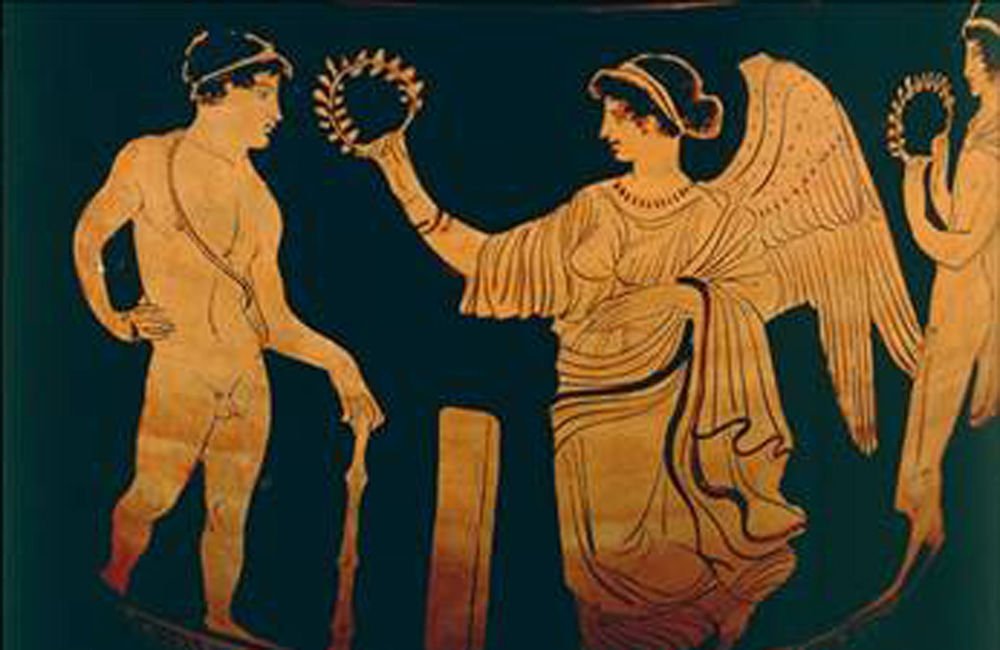
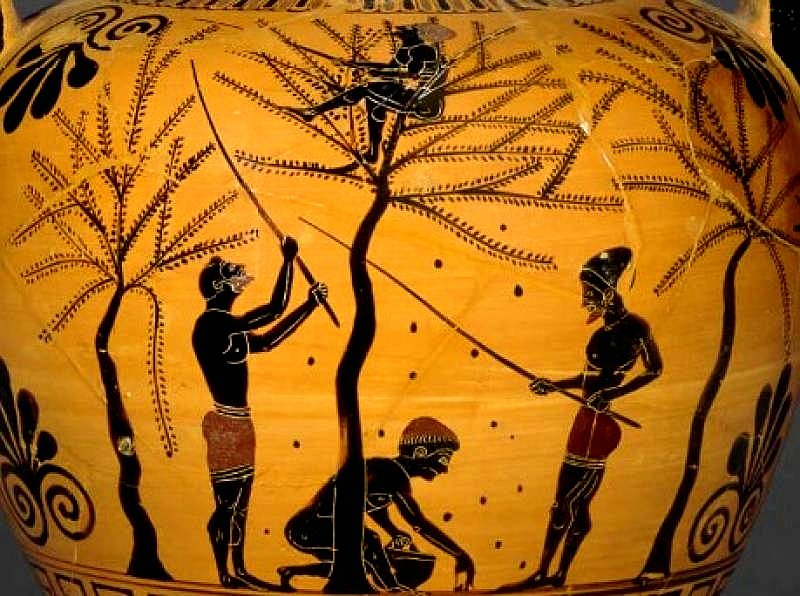
Evidence points to the discovery of Europe’s oldest edible olives in the Minoan palaces of Knossos, Phaistos, and Zakros, where they were once served in cups. Olive cultivation on Crete dates back to at least the 3rd millennium BCE. Numerous writings, symbols, structures, and storage vessels highlight the long-standing production and trade of olive oil across the Mediterranean. However, the most enduring proof of Crete’s rich olive-growing heritage lies in the ancient, monumental olive trees that continue to dot the island’s landscape today.
The Ancient Olive Tree of Vouves, Αno Vouves, Municipality of Kolymbari, Crete
Nestled in the village of Ano Vouves, Crete, lies the legendary Olive Tree of Vouves, which is considered to be the oldest living olive tree in Greece, and one of the oldest in the world. While its exact age remains undetermined, tree ring analysis has demonstrated that it is at least 2,000 years old, with scientists from University of Crete estimating its age to be around 4,000 years. This remarkable tree, with its unique shape and the exceptional aesthetics of its twisted trunk reminiscent of fine woodwork, still bears fruit today, showcasing its resilience and the exceptional climate of the region. In 1997, the Olive Tree of Vouves was declared a protected natural monument, elevating its status among the world’s olive trees.
According to a recent 3D modeling study, the trunk of the Olive Tree of Vouves boasts a perimeter of 12.5 meters and a diameter of 4.7 meters at its widest point. This remarkable ancient tree also holds a significant place in modern history, as it was from its branches that the wreath used to honor the winner of the men’s Olympic marathon in Athens in 2004 was crafted.
Adjacent to this monumental olive tree is the Olive Museum of Vouves, a treasure trove that highlights the rich history and cultural significance of olive cultivation in the region. The museum attracts thousands of visitors each year, enriching their experience as they delve deeper into the story of this ancient tree. Within its walls, traditional tools used in olive farming are on display, offering guests a fascinating glimpse into the time-honored practices and heritage of olive cultivation.
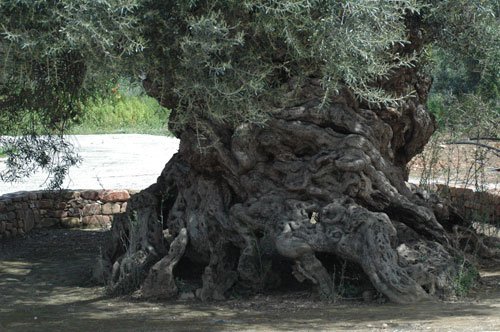
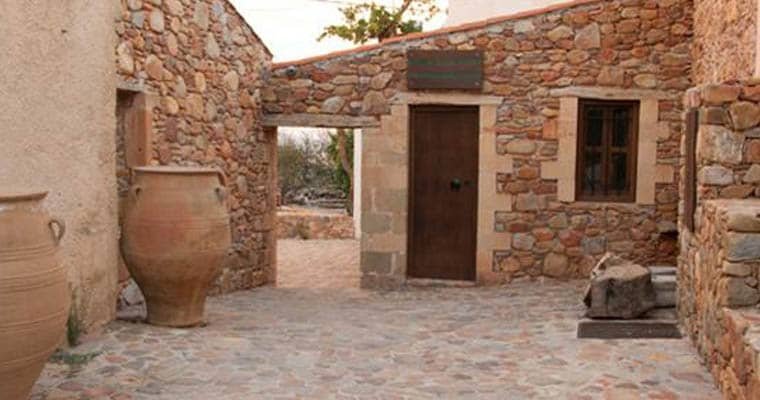
The Olive Tree of Kavousi, located in the region of Lasithi, Crete
Also in Crete, near the village of Kavousi, the Olive Tree of Kavousi boasts an estimated age of around 3,000 years. Situated on the Azoria archaeological site, which holds historical significance dating back to the Late Minoan period, this ancient tree is a testament to millennia of human interaction with the environment. Its massive trunk, with a circumference of approximately 14.20 meters, tells the tale of its enduring legacy. Like the Olive tree of Vouves, the Olive Tree of Kavousi also boasts a special connection to the 2004 Olympic Games in Athens, this time for the women’s marathon. Its branches were ceremonially cut to crown the women’s marathon victor, further cementing its place in both ancient and modern history
Particularly noteworthy for its connection to the Minoans this tree continues to thrive, symbolizing resilience and the profound agricultural heritage of Greece. Local farmers often share stories of how their ancestors cared for this tree, passing down the wisdom of sustainable cultivation practices.
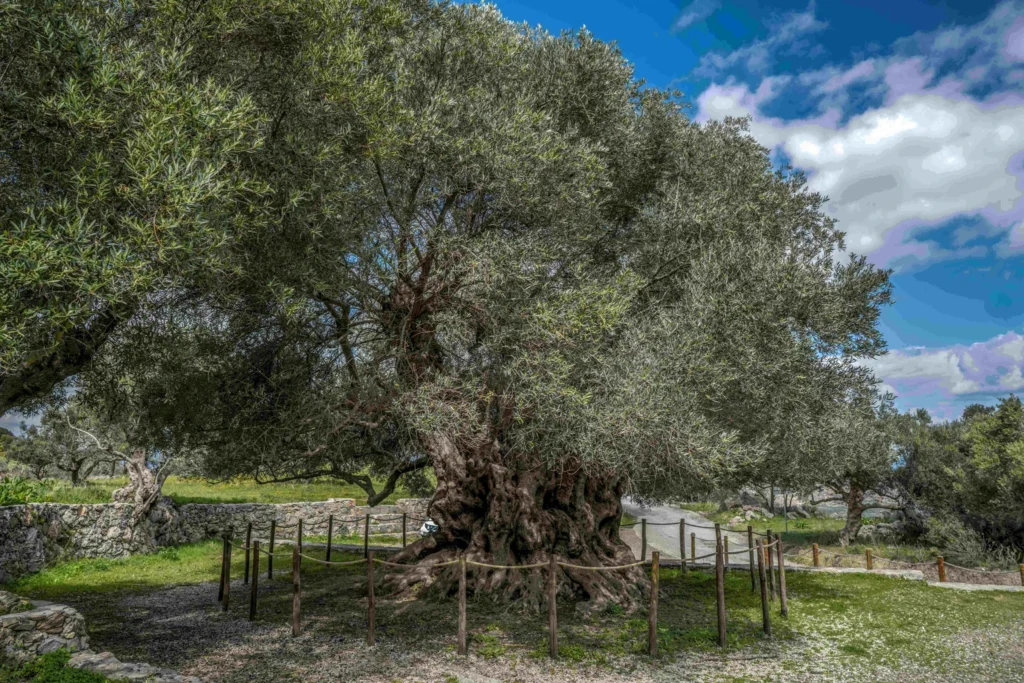
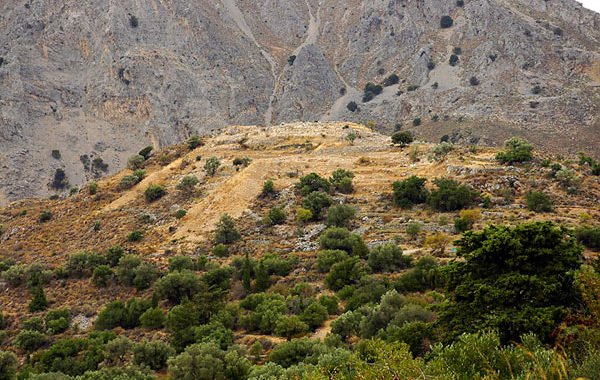
The Olive Tree of Orsa, Salamina
In the Aianteio area of Salamina stands the so-called “Olive Tree of Orsa” (Orsia), a tree deeply embedded in local tradition, with a central trunk measuring 5.70 meters in circumference and six additional large trunks increasing the total circumference to approximately 12.50 meters. According to oral history, the tree was named after a young woman named Orsa, who lived during the 17th century and had this olive tree as her only dowry. Tragically, Orsa fell in love with a Turkish man while married, leading to her husband decapitating her and bringing her head to the island in a bag.
Local lore also links this ancient tree to a king named Stratos, possibly a reference to the Athenian tyrant Peisistratos, who in the 6th century BCE encouraged the cultivation of olive trees throughout Attica. However, the cultivation of olives in Salamina predates even Peisistratos, with evidence suggesting that it was already considered a gift from the goddess Athena. In fact, Euripides, the great tragic dramatist, mentions the sacred olive in Trojan Women (lines 798-805), emphasizing its early importance to Salamina.
In 2015, the tree was dated by experts from the Klorane Institute to be approximately 2,500 years old. This remarkable olive tree stands as a witness to both local history and the legendary Battle of Salamis, further reinforcing its importance as a cultural and natural monument
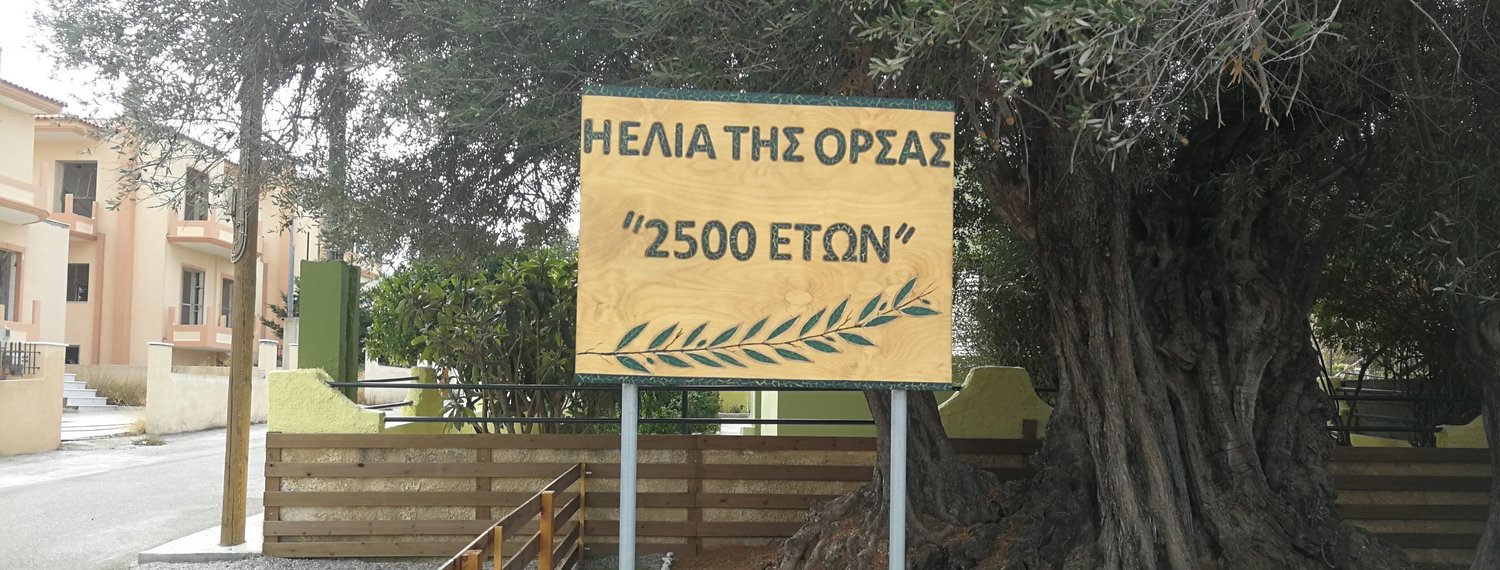
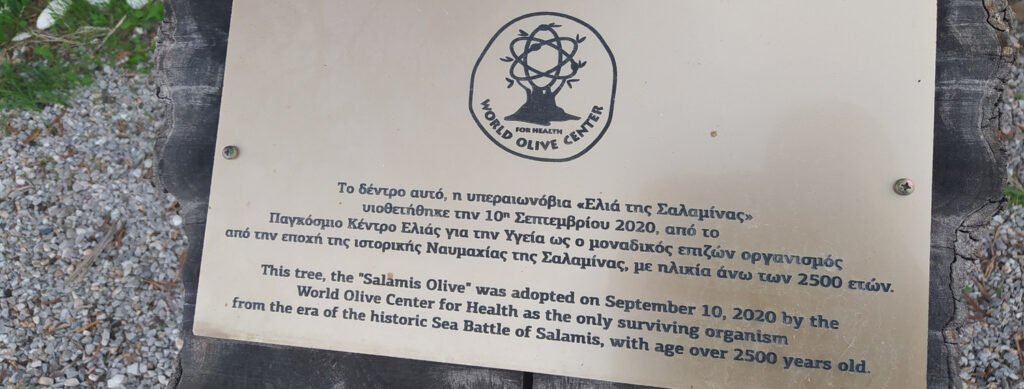
The Olive Tree of Peisistratos, Agioi Anargyroi, Attica
The most well-known olive tree associated with Peisistratos stands in the courtyard of the Agioi Anargyroi church in Attica. Estimated to be over 2,500 years old, this tree originates from the olive grove of the Athenian tyrant Peisistratos (560-527 BCE), and has been declared a protected natural monument. Peisistratus is credited with promoting the olive tree as a productive crop in Attica, which was “thin and treeless,” leading to the planting of olive trees “by the order of Peisistratus.” Under his directive, landless citizens united to cultivate the fields, planting olive trees and creating a “sea” of olive trees throughout Attica. Scientists and gardeners have taken special care of Peisistratus’s olive tree, tending to it, pruning it, and protecting it from diseases.
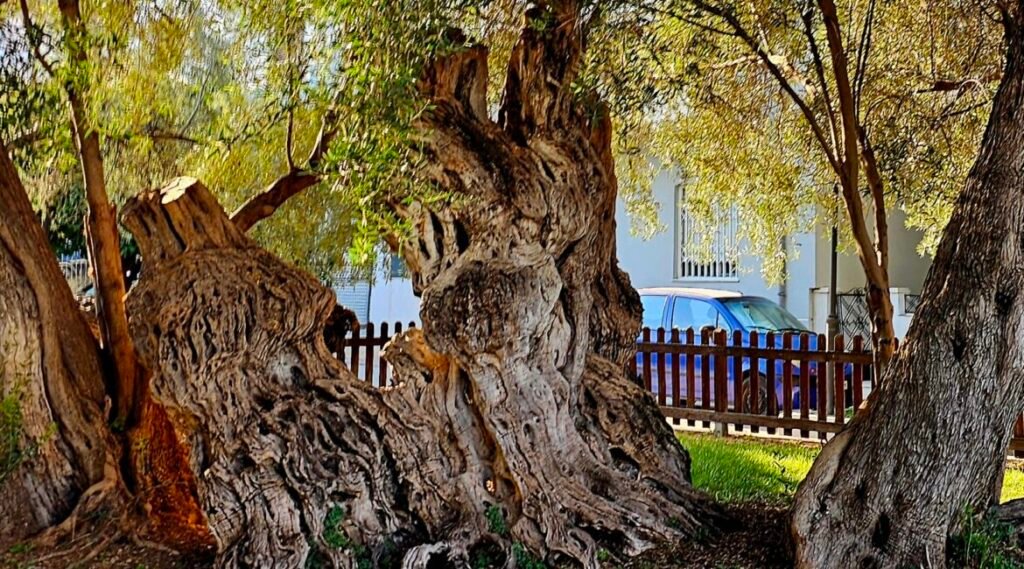
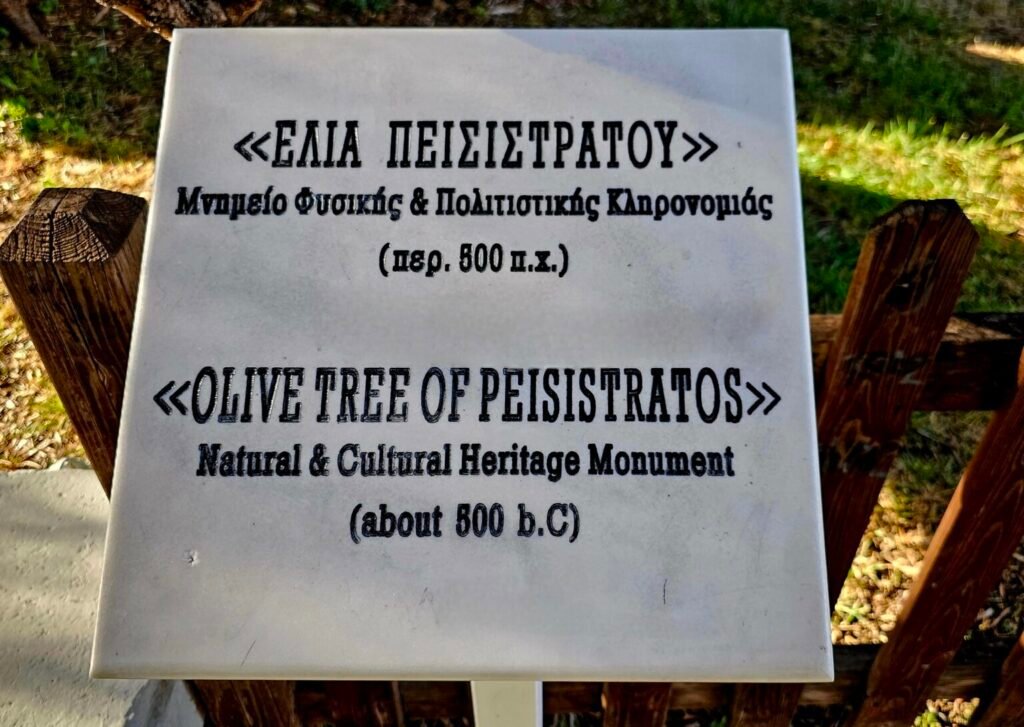
Greece’s ancient olive trees are vital components of the country’s cultural and historical landscape. They serve as a reminder of the deep-rooted relationship between the Greek people and their environment. These trees not only provide insight into agricultural practices but also highlight the importance of preserving heritage for future generations.









